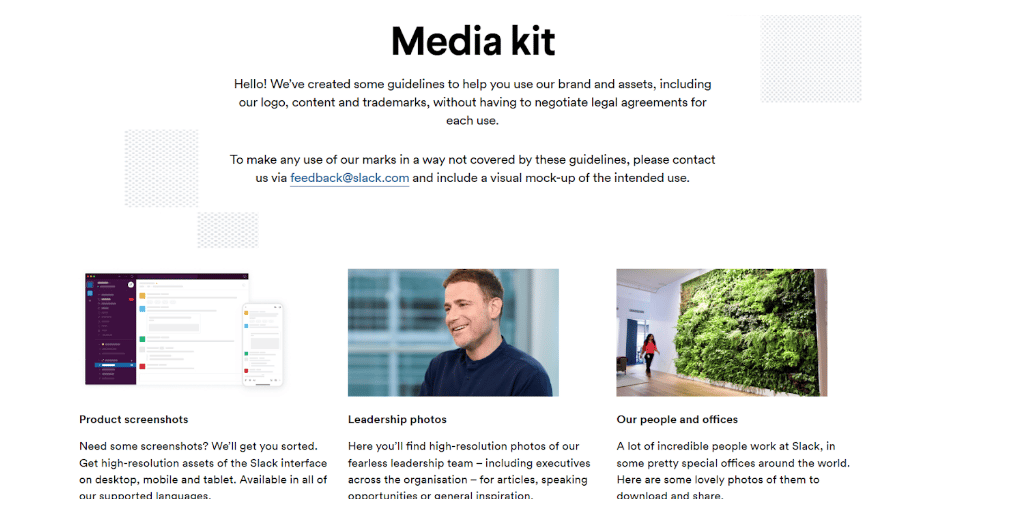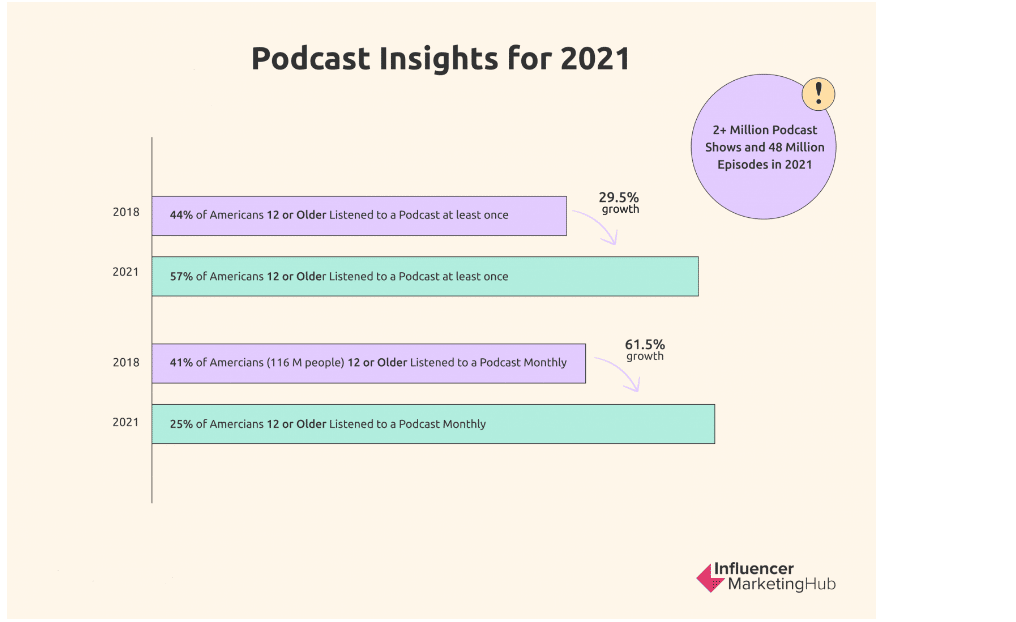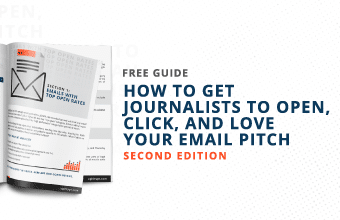Companies have a media kit to provide a quick snapshot of their brand to their current and potential clients, journalists, other brands, influencers, and media companies. Thus, this kit needs to assemble attention-grabbing and informative content that offers your company adequate journalistic coverage.
This is the age of interactive and visual content. Whether it’s social posts or advertisements, everyone is leveraging the power of visuals to generate interest and engagement.
This applies to businesses looking for media coverage too! Creating a media kit that includes visual assets can help them gain media and audience attention and boost brand reputation.
With the power of visuals, businesses can ‘show’ their audience rather than ‘tell’ them about their company, thus generating interest and cutting through the content clutter.
In this post, we will share the top visual assets businesses should include in their media kit.
How visuals form a critical part of media kits
When we talk of the top press kit elements, the common ones used are videos, graphics, or infographics. These can amplify a company’s message and make it appealing to reporters and readers. Though there’s no fixed structure or format for a media kit, brands share details like the company history, team/ leadership images, official banners, image quotes, case studies, testimonials, CSR initiatives, and more.
Simply put, as long as it serves as a reference point for all brand communications and maintains alignment on key messaging, media kits can come in various shapes and sizes. Here are a few media kit examples you should consider looking at to understand how companies share company facts and testimonials to build trust among clients, future employees, investors, and other stakeholders.
In visual storytelling, brands use visual content to share a narrative and inspire an emotional response. Journalists and other people assessing the media kit appreciate visual assets because it helps them share a clear story of the brand, add value to their audience, and boost readership. Hence, they are more likely to cover stories on brands that give them visual information.
Slack’s media kit categorizes the visual assets it intends to offer to the media, making it easy for them to
Must-have visual assets in media kits
Journalists and the media are swamped with PR pitches and brand promotional materials. In such a scenario, visuals can help you get more views and land you an amazing interview.
1. Videos
Statistics reveal that in 2021, an average person spent 100 minutes a day consuming video content. That makes video one of the engaging content forms. Hence, no business can afford to ignore the power of video, especially when it comes to building an effective media kit.
Besides, video content is good for SEO. If implemented properly, it can help you outrank the competition, allowing more journalists and customers to view your content. You can include video in the form of coverage of an event, a demo of a new product, a message from the top management, or a new announcement. You could also invite a thought leader to share their experience centering around the industry expertise. Finally, keep your videos concise and focus on delivering value.
2. Infographics
Infographics are an indispensable visual asset for businesses as they can pack a lot of content in a compact space. They present serious information in a visually compelling and simple manner, encouraging readers to stay on the page and even share the content.
Including infographics in your media kit and as a part of your PR outreach strategy can help in attracting journalists and a new set of readers. Authority publications understand the benefits of infographics or might be interested in publishing visual content as an alternative to text-based content. Thus, infographics can get you a lot of quality backlinks, thus strengthening your domain authority.
When it comes to PR, infographics can be shared as is with the media, as a part of your sales collateral. An infographic works well in attracting their attention and generating interest for your business.
Secondly, you can design a relevant infographic as a part of an article for a third-party publication. Editors often love to see infographics because it gives them a break from the mundane wordy posts. Plus, infographics can be shared easily across channels.
3. Imagery
No content shared on social media or blogs goes without a visual to grab the reader’s attention. The same applies to the media kit. BuzzSumo found that content with images receives 2.3 times more engagement than those without. If you make these images clickable the engagement rate increases further. So, images are no longer a nicety. They are a core component of a business’s content strategy.
You don’t want to flood your kit with large images but a few elements like images of products, new logos, a ground-breaking event, or an award ceremony need to be included. These images work best at communicating your brand’s emotion and getting your message to the audience.
4. Podcasts
Besides being wired to visuals, content consumers prefer listening to podcasts. That’s because listening to a podcast is convenient and listeners can multitask while consuming the information they are looking for.
Influencer Marketing Hub shares interesting data on podcast content consumption. The graphic below clearly highlights their popularity in the US.
Podcasts are a great alternative to text-based content because the latter can lose audience attention before you know it. Hence, it is a must-have for businesses looking to make their media kit stand out from the crowd.
Top podcast producers recommend inviting an influencer or featuring your CMO or CEO to share interesting industry news or upcoming trends. Once done, you will have value-adding content to share with your audience and media professionals.
Summing up
Visuals are not just for advertisements and social posts. Businesses should leverage the power of imagery in every aspect of marketing, including public relations. Use the information we’ve shared in this post to include visual assets in your media kit and get maximum exposure for your brand.










